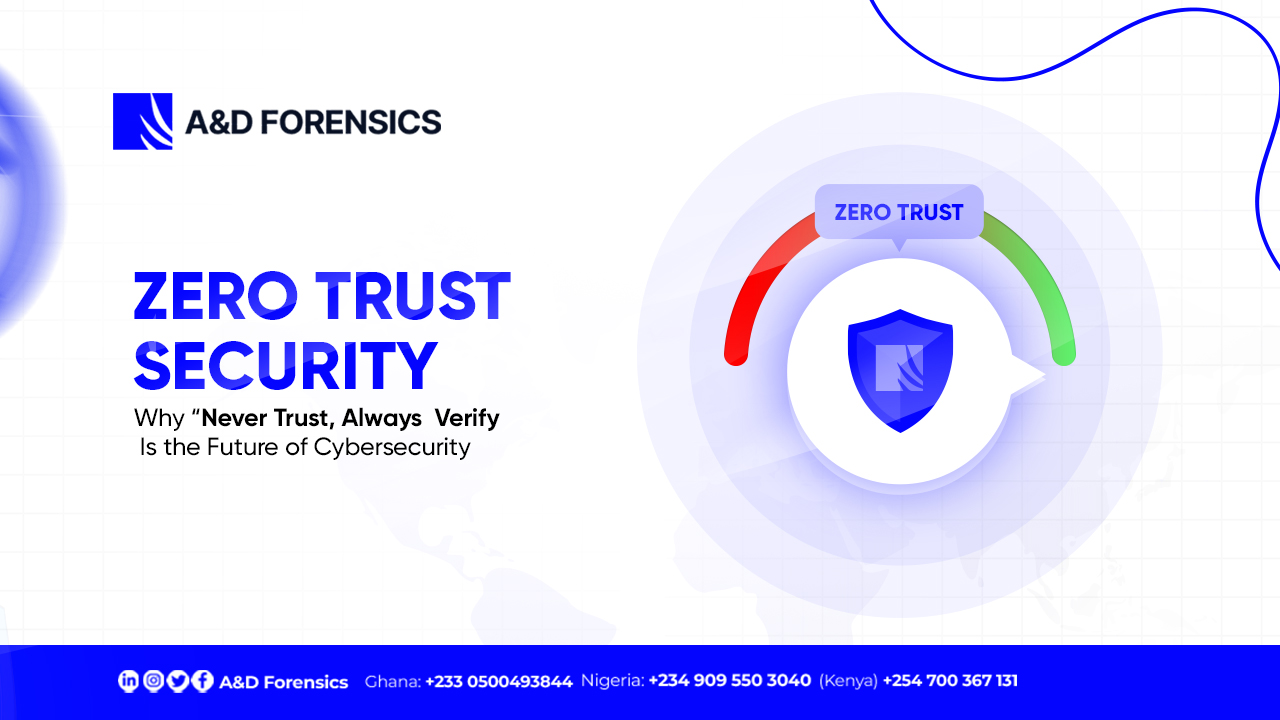Africa is undergoing one of the world’s fastest digital transformations, yet this progress is increasingly shadowed by growing cyber threats. The recent breach of several Kenyan government websites on November 17, 2025, is no longer just a Kenyan issue. It is a continental alarm bell that exposes the shared vulnerabilities within Africa’s rapidly expanding digital public infrastructure.
Multiple high-level platforms, including the official presidency portal president.go.ke, were compromised and temporarily taken offline. Interior PS Raymond Omollo confirmed the incident and attributed it to the group PCP@Kenya. Though the affected services were eventually restored, the attack highlighted weaknesses that resonate far beyond Kenya’s borders.
A Continental View of an Expanding Threat Surface
The Kenyan incident disrupted ministries responsible for Interior, Energy, Labour, Health, and Education, as well as key state agencies such as Immigration, Public Private Partnerships, the DCI Hustler Fund, the Government Press, and Nairobi City County. The temporary outage demonstrated a clear truth: Africa’s digital governance platforms have become strategic targets for adversaries seeking national disruption, political leverage, or financial gain.
With more African governments shifting services online, the continent’s attack surface grows wider each year. Threat actors now recognize that public sector portals hold both symbolic and operational value, making them prime targets for exploitation.
Rising Digital Risks Across African States
The threat extends far beyond defaced websites or short-term downtime. Africa now faces structural cyber risks that challenge national stability and data protection obligations. Key concerns include:
Service Continued reliance on digital platforms for immigration, healthcare licensing examinations, and county services means that any outage triggers immediate public and economic consequences.
Data Protection Risk: Government databases often contain sensitive citizen information that can be weaponized through identity theft, fraud, or political interference
Institutional Weakness: Recurring outages or infiltrations signal systemic gaps in patching governance, monitoring, and crisis response capabilities
These risks are widespread, and similar incidents have already been recorded in South Africa, Nigeria, Ghana, Uganda, Rwanda, and several North African states.
A Pattern of Cyber Incidents Across the Continent
The recent Kenyan breach follows a pattern of significant attacks targeting African governments.
In 2023, Kenya’s eCitizen portal suffered a disruption that affected more than five thousand services. South African municipalities and agencies have battled multiple ransomware incidents. Nigeria has reported breaches involving payroll systems, identity data, and public treasury portals. Ghana, Rwanda, and Ethiopia have encountered targeted malicious activity against digital service platforms. rms
Regional reports indicate that African states collectively face thousands of cyber incidents each year, often driven by unpatched vulnerabilities, weak authentication methods, and growing social engineering attempts.
Why African Governments Are Becoming High-Value Targets
The growing number of attacks reflects a combination of systemic weaknesses and evolving criminal capabilities. Common pain points include:
- Legacy technologies that require urgent modernization
- Insufficient public awareness of phishing and social engineering
- Fragmented cybersecurity frameworks that lack coordinated implementation
- Limited investment in advanced detection tools and threat intelligence
- Greater reliance on digital identity systems and centralized e-governance platforms
- Rapid growth of AI-driven attack tools that automate reconnaissance and exploitation
Together, these factors create an environment where sophisticated adversaries can operate with relative ease.
The Strategic Path to a More Secure Digital Africa
The breach in Kenya serves as a pivotal learning moment for the continent. African nations must commit to a unified security-conscious approach to digital transformation. Essential priorities include:
- Zero Trust Architectures that protect critical systems even when attackers gain initial access.
- Institutionalizing continuous penetration testing, red teaming, and vulnerability assessments.
- Comprehensive modernization of digital infrastructure with secure cloud environments.
- Real-time monitoring enriched with AI-enabled threat detection and response automation.
- Robust national awareness initiatives to counter phishing scams and social engineering campaigns.
- Strengthened collaboration between national CERTs, regional blocs, and the African Union to ensure coordinated threat intelligence and incident response.
Africa needs a cybersecurity blueprint that reflects its digital ambitions and protects its interconnected future.
Conclusion
The November 2025 breach of Kenyan government websites underscores a critical reality: Africa’s digital infrastructure is now a frontline of national and regional security. As digital services expand, so do the opportunities for hostile actors to disrupt essential systems, undermine public trust, and exploit institutional weaknesses.
A secure digital Africa will require bold investment, stronger governance, and continental cooperation. The next major cyber incident could affect multiple nations at once, and the consequences could extend far beyond temporary service outages.
The time to act is now, and the stability of Africa’s digital future depends on the decisions made today.
Strengthen Your Cyber Defenses with Our VAPT.
A&D Forensics offers Vulnerability Assessment and Penetration Testing (VAPT) services that simulate real-world attack scenarios to identify and eliminate the entry points ransomware actors exploit, uncovering weak configurations, outdated software, unsecured endpoints, and hidden gaps in your cyber defenses.






